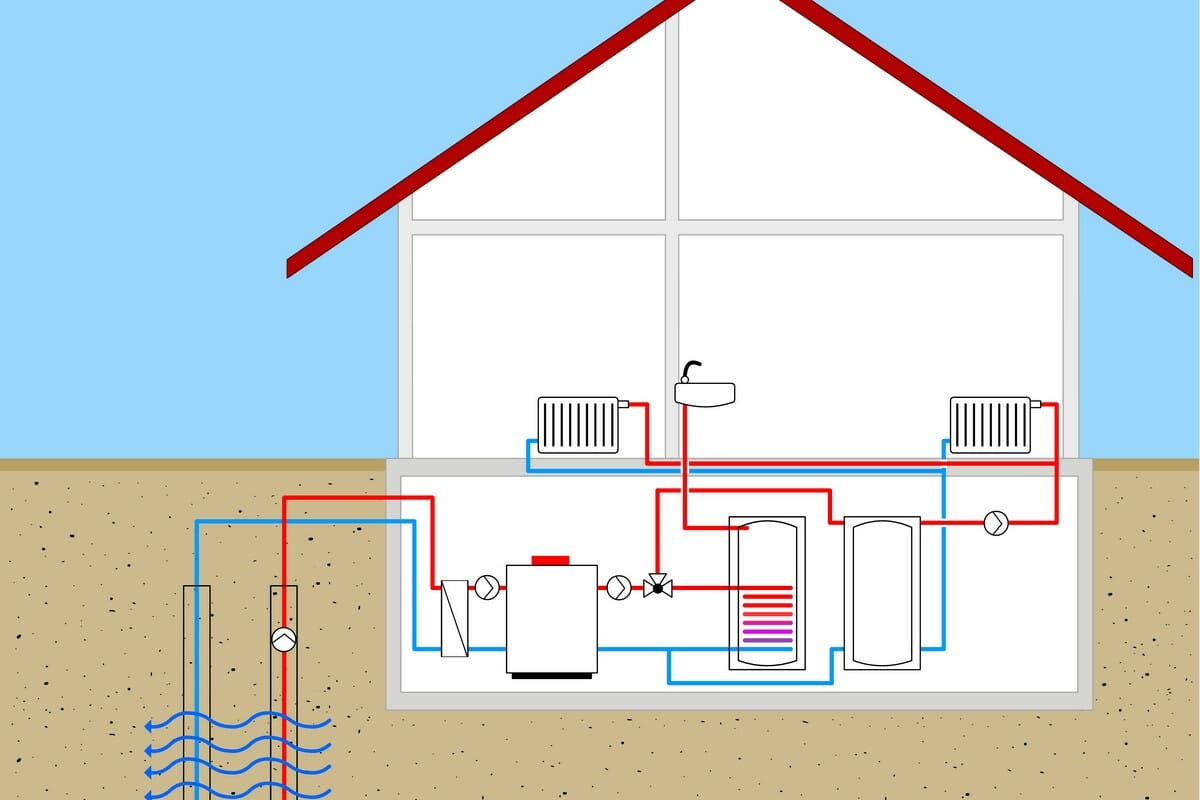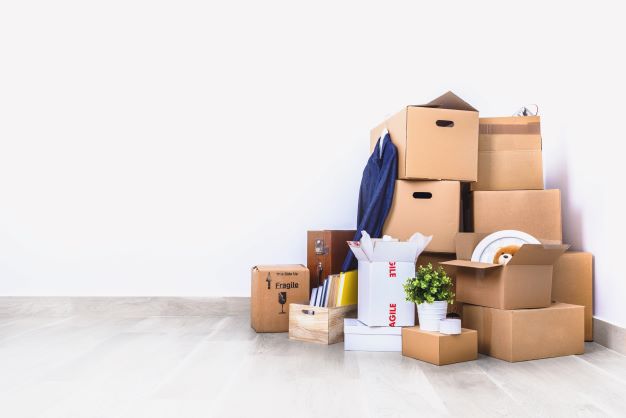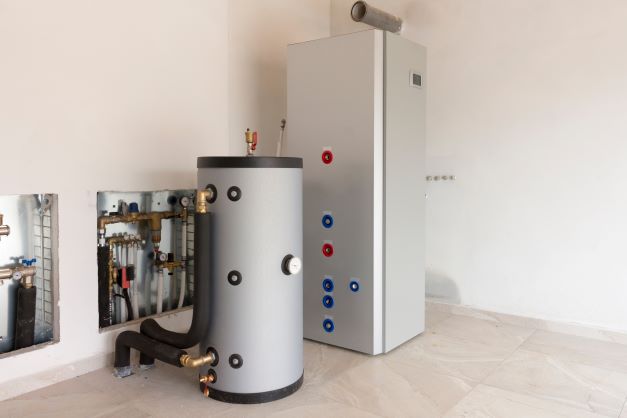Table of Contents
- 1 - 1. Upgrade to Energy-Efficient Appliances
- 2 - 2. Seal Windows and Doors
- 3 - 3. Install a Programmable Thermostat
- 4 - 4. Use LED Lighting
- 5 - 5. Insulate Your Home
- 6 - 6. Utilize Smart Power Strips
- 7 - 7. Practice Water Conservation
- 8 - 8. Opt for Sustainable Energy Sources
- 9 - 9. Maintain Your HVAC System
- 10 - 10. Educate Your Household
- 11 - Heat Pumps: Installer Low Carbon Heat Pump
- 12 - How to Track Your Energy Consumption Reduction at Home?
- 13 - Additional Tips for Conserving Energy:
- 14 - In Conclusion
In today’s world, where environmental consciousness is more important than ever, reducing energy consumption is not just about saving on your next utility bill—it’s about making a positive impact on the planet.
Homeowners, energy savers, and sustainability enthusiasts alike can make significant strides in minimising their carbon footprint by implementing a few strategic changes at home. If you are thinking of automatically installing solar panels, here are the first 10 practical ways to start reducing energy consumption in your living space:
1. Upgrade to Energy-Efficient Appliances
One of the most impactful steps you can take is to replace old, energy-hungry appliances with modern, energy-efficient models. Look for products with the ENERGY STAR label—a government-backed symbol for energy efficiency. These appliances use advanced technology to consume less electricity without sacrificing performance.
2. Seal Windows and Doors
Drafty windows and doors can lead to unnecessary heat loss during the winter and cool air escape during the summer. Sealing these leaks with weather stripping or caulking can significantly reduce your heating and cooling needs, leading to lower energy consumption.
3. Install a Programmable Thermostat
A programmable thermostat allows you to set your heating and cooling system to turn down when you’re not home or during the night. By adjusting the temperature by just a few degrees, you can save a considerable amount on your energy bills while maintaining a comfortable home environment.
4. Use LED Lighting
LED light bulbs consume at least 75% less energy and last 25 times longer than incandescent lighting. Swapping out your old bulbs for LEDs is a simple and effective way to reduce your home’s electricity usage.
5. Insulate Your Home
Proper insulation helps keep the desired temperature in your home year-round, protecting against cold in the winter and excess heat in the summer. Check your attic, walls, and floors for adequate insulation to prevent energy waste.
6. Utilize Smart Power Strips
Even when turned off, electronics can still consume energy—a phenomenon known as “phantom loads.” Smart power strips cut power to devices when they’re not in use, helping to eliminate this unnecessary energy drain.
7. Practice Water Conservation
Heating water is a significant energy expense. Simple practices like taking shorter showers, fixing leaks, and installing low-flow fixtures can reduce water usage and the energy required to heat it.
8. Opt for Sustainable Energy Sources
If possible, consider investing in renewable energy sources for your home, such as solar panels. This can drastically reduce your reliance on the grid and lower your energy consumption while benefiting the environment.
9. Maintain Your HVAC System
Regular maintenance of your heating, ventilation, and air conditioning (HVAC) system ensures it runs efficiently. Changing filters, cleaning ducts, and servicing your unit can prevent wasted energy.
10. Educate Your Household
Last but not least, involve your family or housemates in your energy-saving efforts. Educating them about why it’s important and how they can contribute can lead to significant reductions in household energy consumption.
By implementing these 10 strategies, you can enjoy a more energy-efficient home that not only saves you money but also contributes to a healthier planet. Remember, each small change can lead to big differences in our overall energy consumption, and it starts right at home.
Heat Pumps: Installer Low Carbon Heat Pump
Heat pumps have emerged as a forefront solution in the transition to low carbon heating technologies. By extracting heat from external sources—such as the air, ground, or water bodies—and concentrating it for indoor use, heat pumps provide an energy-efficient way to heat and cool homes and buildings.
This technology not only reduces the carbon footprint associated with traditional fossil fuel-based heating systems but also significantly cuts down on energy costs in the long run.
Choosing the right heat pump installer is critical, as a well-installed heat pump maximizes efficiency and longevity. Low carbon heat specialists who are well-acquainted with the latest heat pump technologies and installation standards can ensure that your system is optimized for your specific climate and property schemes aimed at promoting the adoption of renewable energy sources.
How to Track Your Energy Consumption Reduction at Home?
Once you have implemented energy-saving strategies in your home, it’s important to track your energy consumption and monitor the impact of your efforts. Here are a few ways to do so:
- Use a Smart Energy Monitor: These devices connect to your electricity meter and provide real-time data on your energy usage. Some models also allow you to set targets and receive alerts when you exceed them.
- Keep an Energy Consumption Diary: Make a note every time you use energy and track your usage trends. Use graphic examples over time to identify areas where you can further reduce your consumption.
- Check Your Utility Bills: Most utility companies provide detailed information on your energy usage in your monthly bill. Use this data to compare your current usage with past months or years.
- Install Energy-efficient Appliances: When shopping for new appliances, opt for energy-efficient ones with the ENERGY STAR label. They’re government-certified to save energy and can significantly reduce your energy use.
- Conduct a Home Energy Audit:5. A home energy audit can pinpoint energy losses, such as air leaks or poor insulation, helping you to prioritise upgrades and monitor their effects on your energy use.
Remember, tracking your energy consumption is important for understanding the effectiveness of your efforts in reducing energy usage. It can also help you identify areas where further improvements can be made.
Additional Tips for Conserving Energy:
- Use natural lighting as much as possible by opening curtains or blinds during the day.
- Turn off lights when leaving a room.
- Unplug electronics when not in use, as they still consume energy even when turned off.
- Use a power strip for multiple devices and turn it off when not in use to prevent ‘vampire’ electricity usage.
- Adjust your thermostat to a lower temperature during the winter months and a higher temperature during the summer months to reduce heating and cooling costs.
- Consider using a programmable thermostat to automatically adjust temperatures based on your daily schedule.
- Use cold water for laundry and wash full loads to maximize energy efficiency.
- Plant trees or shrubs around your home to provide natural shade and reduce the need for air conditioning.
- Regularly maintain and clean your appliances, such as refrigerators and HVAC systems, to ensure they are running efficiently.
By implementing these tips and continuously monitoring your energy usage, you can make a positive impact on the environment while also saving money on your utility bills.
In Conclusion
Conserving energy is an important step towards a more sustainable future. By understanding the importance of energy conservation and implementing simple changes in our daily lives, we can collectively make a significant difference in reducing our carbon footprint and preserving our planet’s resources for future generations.
These 10 ways to reduce your energy consumption will also help you to lower your energy bill and save money. It’s a win-win situation for both the environment and your wallet.
Remember, if you’re interested in installing a heat pump, our experts are here for you. Our team can offer personalised advice and professional installation services to ensure you select the best heat pump system for your needs.
Contact us for more information on how a heat pump can contribute to your home’s energy efficiency and help you further reduce your carbon footprint.





